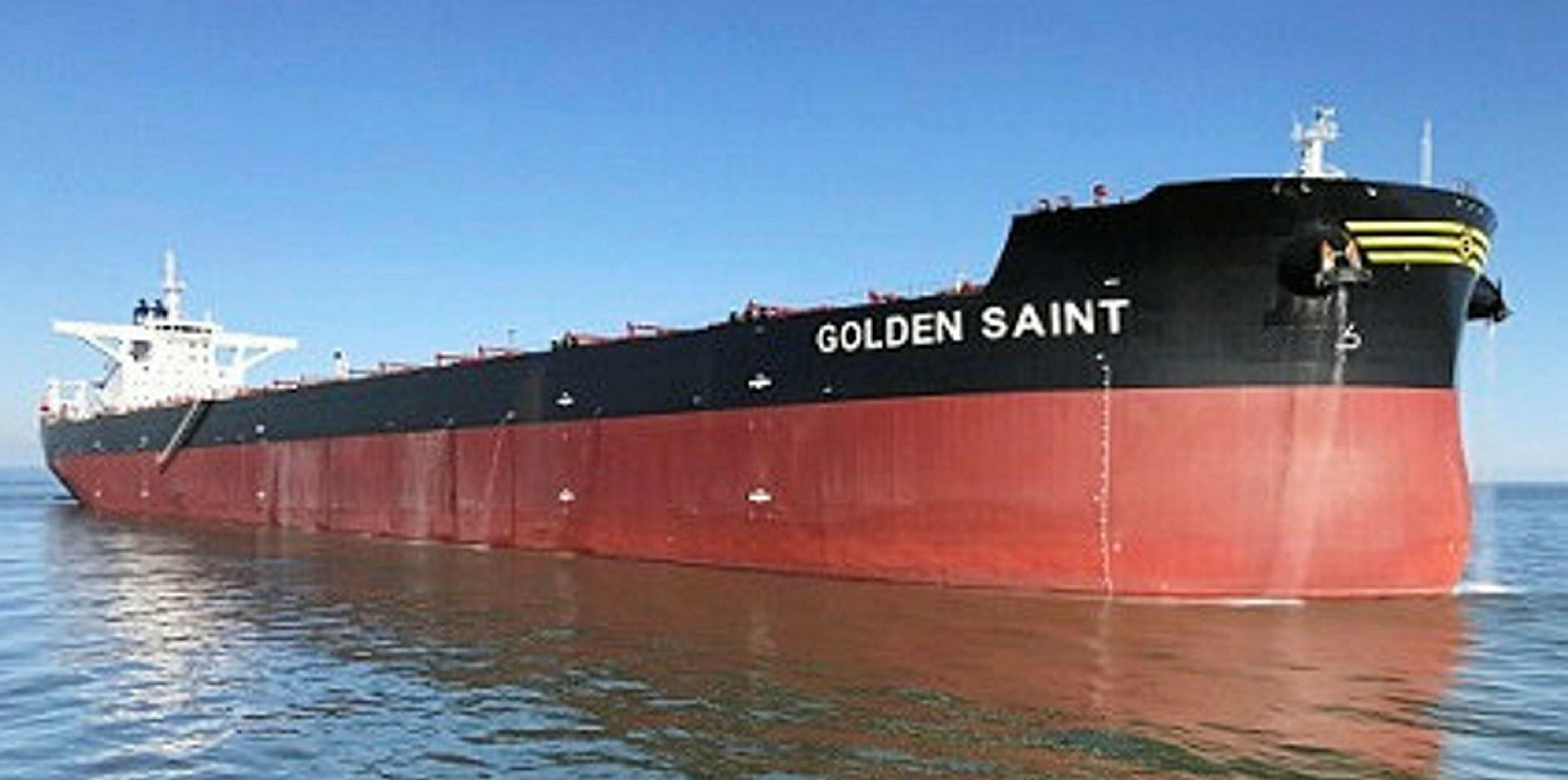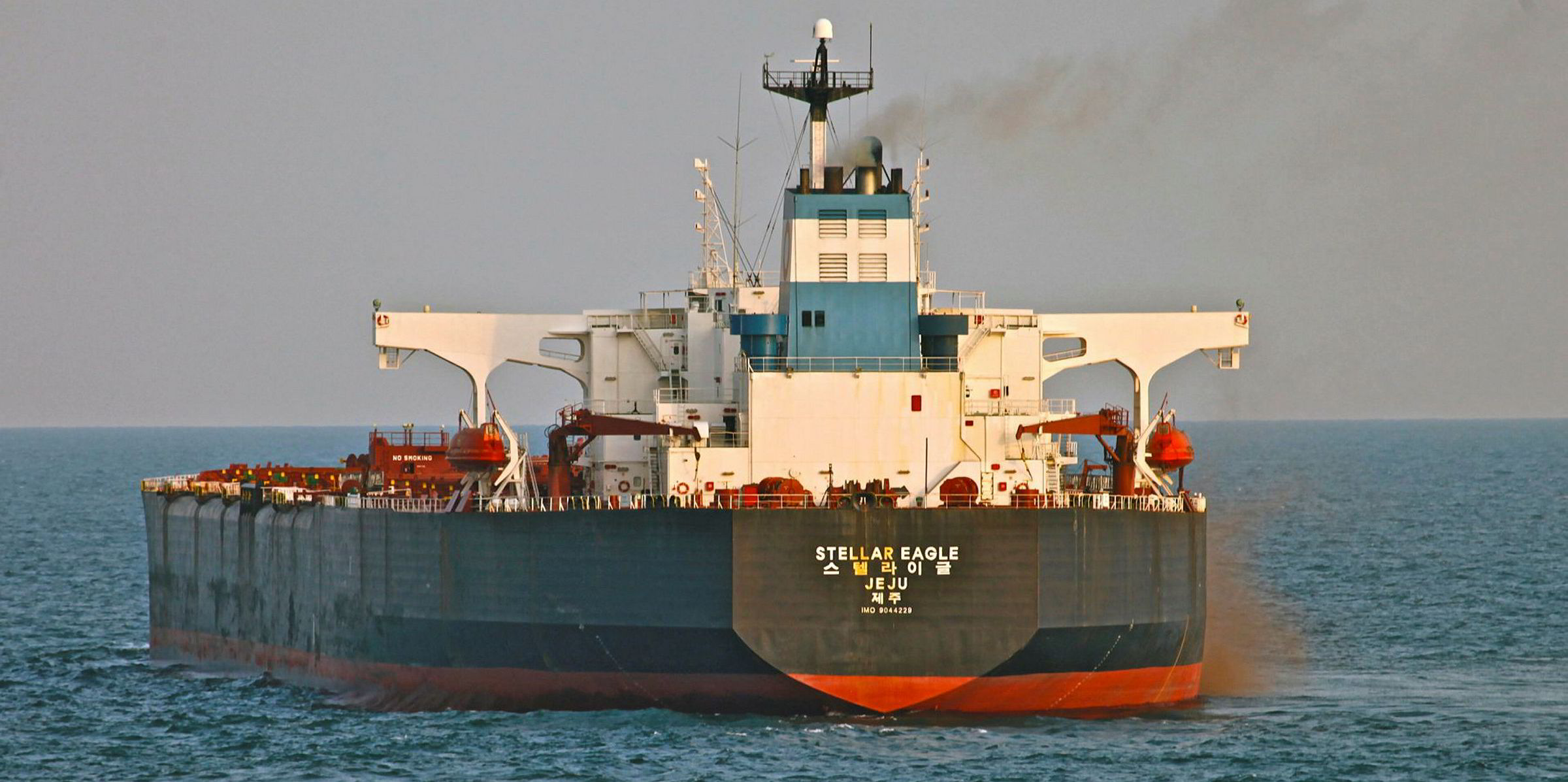Slowing dry bulk supply growth combined with a new China stimulus package are set to provide added impetus to vessel earnings, says a top shipbroker.
The orderbook is “substantially smaller today” compared with the beginning of previous stimulus cycles in China, according to Arrow Shipbroking.
“The orderbook was 80% of the fleet in November 2008 when the Chinese government introduced its stimulus package to counter the effects of the global financial crisis,” it said.
“There were two other notable downturns over the last decade; one in 2011-12 and another in 2014-15. China’s response to those [was] the same; a stimulus was introduced in July 2012 and another in November 2015.
“At the time, the [dry bulk] orderbook was 26% and 12% of the fleet, respectively. Today, we are at the beginning of another stimulus cycle and the orderbook-to-fleet ratio is only 6.9%.”
Arrow said the number of dry bulk newbuilding orders placed so far this year is the second-lowest on record and is well below the annual average over the past two decades.
Lack of or expensive newbuilding financing, as well as regulatory and technological uncertainties have ... put a cap on contracting activity
Arrow Shipbroking
“With only 5.5% of the fleet on order, the supramax orderbook is at its lowest on record. The panamax orderbook stands at 6.4% of the current fleet, the smallest in two decades.”
Capesize newbuilding orders number just 10 for the year to date, against an average of more than 90 ships per year over the past decade.
In the panamax/kamsarmax segment, 22 orders have been placed so far this year, compared with the annual average of 155 ships between 2010 and 2019.
In the smaller segments, orders for handysize and supramax/ultramaxes number 20 and 64, according to Arrow figures, against annual averages of 208 and 155, respectively.
Unlike the previous cycles, the broker said improving vessel earnings are not expected to trigger another round of aggressive ordering.
“Lack of or expensive newbuilding financing, as well as regulatory and technological uncertainties have been, and will continue to put a cap on future contracting activity,” it said.
Arrow expects limited fleet growth over the next 18 to 24 months as a result.
It added that even if ordering picks up in the coming quarters — which it does not expect — it would not have a significant impact on fleet growth over the next 12 to 18 months, as the earliest available delivery berths are currently in the first and second quarters of 2022.
Arrow expects dry bulk seaborne trade to shrink for the first time since 2009, but the drop in volumes is likely to be “smaller than previously expected”.
However, it said shipments are set to “rebound strongly” in 2021 as demand outside of China catches up.
Vale restocked
Brazilian miner Vale said last week in its quarterly results call that it had restocked its iron ore inventories.
US investment bank Jefferies said this should reduce the gap between production and sales during the fourth quarter.
Vale's third-quarter iron ore production increased 31% quarter on quarter, but it held back part of production to rebuild stocks.
The miner remains committed to meeting its guidance of 310m to 330m tonnes per annum for 2020, barring unexpected events, which would boost dry bulk shipping rates in the final three months, the bank added.
Jefferies said the average capesize rate decreased 17.1% to $15,550 over the week, with kamsarmaxes down 1.2% to $11,604.
The average supramax level dropped 2.4% to $10,438.
Futures market tells a different story
Despite Arrow's optimism for higher bulker rates, the weighted average for freight-forward agreements (FFA) across all asset classes in the sector are heading downward through February, according to the Baltic Exchange.
Capesize rates, which came in at $15,715 on Monday, reached $16,700 per day for November on an FFA basis, $15,378 per day for December, $10,631 per day for January and $7,028 per day for February.
Panamax rates, which hit $11,473 per day on Monday, take a similar gradual fall i in the future to $8,477 per day for February, while future supramax rates come in at $7,207 per day for the same month.
Handysize rates came in at $10,622 per day on Monday but FFA rates for February are showing at $7,704 per day.
"In the absence of a strong finish in the last two months of the year, its appears as though 2020 will be the worst year for dry bulk shipping rates since 2016," Stifel analyst Ben Nolan wrote in a client note.
"While not a surprise given that we have been in the midst of a pandemic, it was certainly not what owners had in mind after finishing 2019 well, with a small orderbook, and particularly given what will easily be the best year in history with respect to grain volumes, which may be hard to repeat at least next year."





